Bolivian ram - Mikrogeophagus altispinosus
Scientific name: Mikrogeophagus altispinosus
Common name: Bolivian ram
Family: Cichlidae
Usual size in fish tanks: 6 - 8 cm (2.36 - 3.15 inch)
014
Recommended pH range: 6.4 - 7.5
Recommended water hardness: 4 - 13°N (71.43 - 232.14ppm)
0°C 32°F30°C 86°F
Recommended temperature range: 22 - 27 °C (71.6 - 80.6°F)
The way how these fish reproduce: Spawning
Where the species comes from: South America
Temperament to its own species: peaceful
Temperament toward other fish species: peaceful
Usual place in the tank: Middle levels
Food and Feeding
Bolivian Rams (Mikrogeophagus altispinosus) are omnivores, meaning they thrive on a balanced diet of both animal and plant-based foods. To ensure optimal health, provide a staple diet of high-quality flakes or sinking pellets. Supplement their diet with:
- Live or frozen foods: Brine shrimp, bloodworms, daphnia.
- Vegetable matter: Spirulina wafers, blanched spinach, zucchini slices.
- Occasional treats: Tubifex worms or finely chopped earthworms.
For best results, feed small portions 2-3 times per day to match their natural grazing habits and prevent food waste.
Origin
The Bolivian Ram is native to South America, specifically found in the slow-moving rivers and floodplains of Bolivia and Brazil. They inhabit warm, slightly acidic waters with sandy substrates, submerged driftwood, and dense vegetation, providing plenty of hiding spots.
Sexing
Sexing Bolivian Rams can be challenging, but key differences include:
- Males: Slightly larger, with elongated dorsal and caudal fins and more pronounced colors.
- Females: Smaller, with a rounder belly, especially when carrying eggs.
Breeding
Bolivian Rams are substrate spawners, and breeding in captivity is relatively easy if conditions are ideal. To encourage spawning:
- Provide flat rocks as spawning sites.
- Maintain soft, slightly acidic water with a stable temperature of 26-27°C (78-80°F).
- Offer a protein-rich diet to enhance breeding readiness.
Before laying eggs, both parents will clean a chosen surface. The female deposits 100-200 eggs, which the male fertilizes. The female guards the eggs, while the male protects the territory. The eggs hatch within 2-3 days, and the fry become free-swimming after about 5-7 days. Initially, fry should be fed Infusoria, followed by newly hatched brine shrimp.
Lifespan
With proper care, Bolivian Rams typically live between 4-6 years, though some individuals may exceed this lifespan in pristine conditions.
Tank Setup and Behavior
Bolivian Rams are peaceful dwarf cichlids, making them ideal for community aquariums. They prefer planted tanks with ample hiding places and a sandy or fine gravel substrate to protect their delicate barbels while foraging. Water parameters should be stable:
While territorial during breeding, Bolivian Rams are generally peaceful and social, especially when kept in small groups of 4-6 individuals.
Tank Mates
Bolivian Rams coexist well with other non-aggressive species. Suitable tank mates include:
- Neon Tetras – Small, peaceful companions.
- Rummy Nose Tetras – Excellent schooling fish.
- Harlequin Rasboras – Compatible due to similar water preferences.
- Otocinclus Catfish – Gentle bottom dwellers.
- Sterbai Corydoras – Active and peaceful companions.
Tank mates to avoid:
- Oscars – Too large and aggressive.
- Green Terrors – Can harass or stress Bolivian Rams.
- Convict Cichlids – Too territorial.
Recommended Plants
Since Bolivian Rams thrive in planted aquariums, adding broad-leaved and low-light plants enhances their environment. Suitable plants include:
- Java Fern – Hardy and adaptable.
- Anubias – Perfect for attachment to driftwood or rocks.
- Cryptocoryne Wendtii – Provides natural cover.
- Java Moss – Creates excellent spawning sites.
Short Description
The Bolivian Ram (Mikrogeophagus altispinosus) is a peaceful, hardy dwarf cichlid that thrives in community aquariums. Known for their vibrant coloration, social behavior, and ease of care, they make a great choice for both beginner and experienced aquarists. Providing a well-maintained tank with plants, hiding spots, and stable water conditions ensures they remain healthy and display their natural behaviors.
Pictures
Bought by aqua-fish.net from jjphoto.dk. Also thanks to Jonathon Whipple.
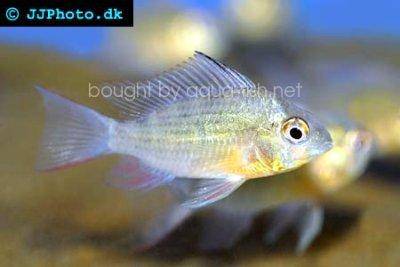



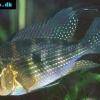 Thread-finned
Thread-finned 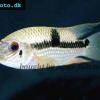 Acara
Acara 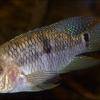 Yellow
Yellow 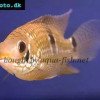 Patrick's
Patrick's 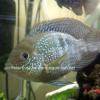 Blue
Blue 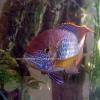 Green
Green 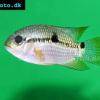 Acara
Acara 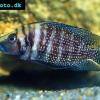 White
White 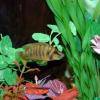 Compressed
Compressed 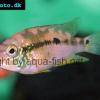 Pastel
Pastel 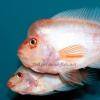 Midas
Midas 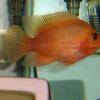 Red
Red 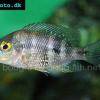 Bluemouth
Bluemouth 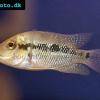 False
False 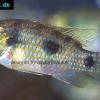 African
African 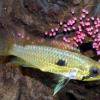 Agassiz's
Agassiz's 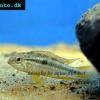 Banded
Banded 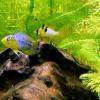 Yellow
Yellow 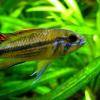 Cockatoo
Cockatoo 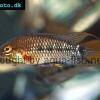 Blue
Blue 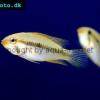 Blackstripe
Blackstripe 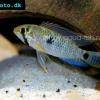 Highfin
Highfin 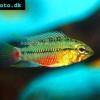 Redstripe
Redstripe 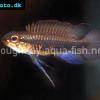 Threadfinned
Threadfinned 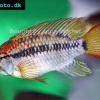 Macmaster’s
Macmaster’s 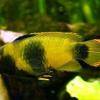 Panda
Panda 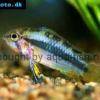 Norbert’s
Norbert’s 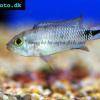 Blue
Blue 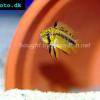 Thin-line
Thin-line 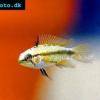 Three-striped
Three-striped 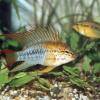 Viejita
Viejita 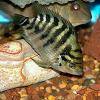 Flier
Flier 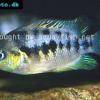 Archocentrus
Archocentrus 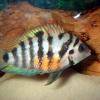 Convict
Convict 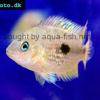 Seven
Seven 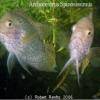 Spiny
Spiny 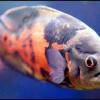 Oscar
Oscar 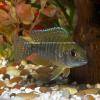 Sunshine
Sunshine 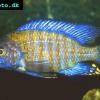 Chitande
Chitande 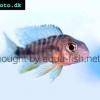 Firebird
Firebird 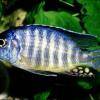 Midnight
Midnight 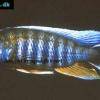 Lake
Lake 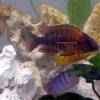 Sunshine
Sunshine 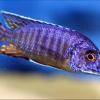 Aulonocara
Aulonocara 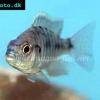 Nyasa
Nyasa 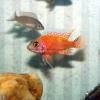 Ruby
Ruby 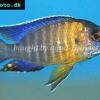 Grants
Grants 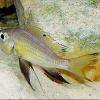 Aulonocranus
Aulonocranus 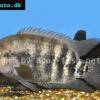 Chameleon
Chameleon 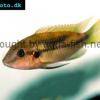 Benitochromis
Benitochromis 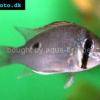 Orinoco
Orinoco 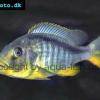 Yellow
Yellow 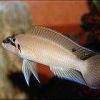 Brichard’s
Brichard’s 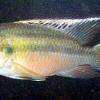 Guenther’s
Guenther’s 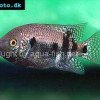 Southern
Southern 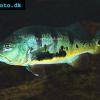 Cichla
Cichla 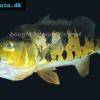 Peacock
Peacock 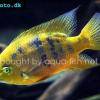 Chiseltooth
Chiseltooth 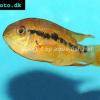 Bolivian
Bolivian 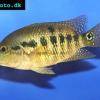 Red
Red 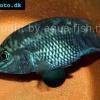 Many-pointed
Many-pointed 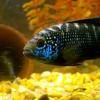 Jack
Jack 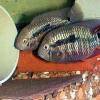 Red
Red 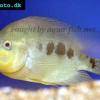 Three
Three 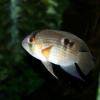 Keyhole
Keyhole 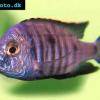 Azureus
Azureus 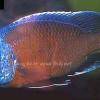 Red
Red 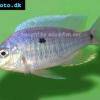 Jackson’s
Jackson’s 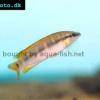 Crenicichla
Crenicichla 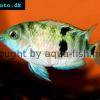 Honduran
Honduran 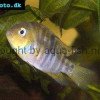 Blue-eye
Blue-eye 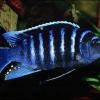 Afra
Afra 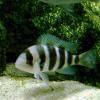 Frontosa
Frontosa 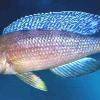 Slender
Slender 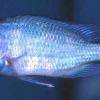 Malawi
Malawi 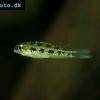 Chequerboard
Chequerboard 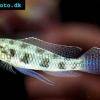 Checkerboard
Checkerboard 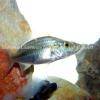 Malawi
Malawi 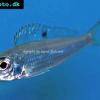 Ectodus
Ectodus 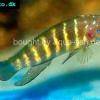 Tanganyika
Tanganyika 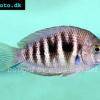 Canara
Canara 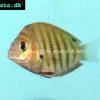 Green
Green 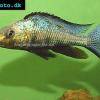 Rostratus
Rostratus 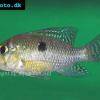 Pearl
Pearl 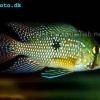 Geophagus
Geophagus 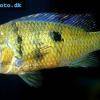 Yellowhump
Yellowhump 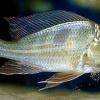 Suriname
Suriname 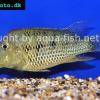 Redhump
Redhump 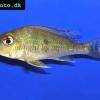 Red
Red 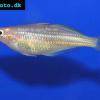 Dority’s
Dority’s 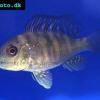 Argentine
Argentine 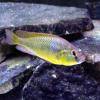 Burton’s
Burton’s 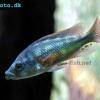 Victoria
Victoria  Haplochromis
Haplochromis 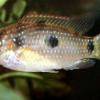 Jewel
Jewel 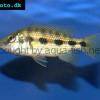 Banded
Banded 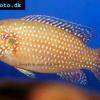 Lifalili
Lifalili 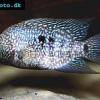 Lowland
Lowland 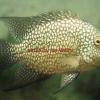 Texas
Texas 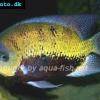 Pantano
Pantano 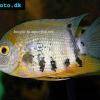 Severum
Severum 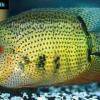 Banded
Banded 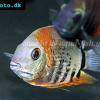 Severum
Severum 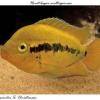 Rainbow
Rainbow 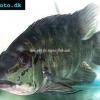 Parrot
Parrot 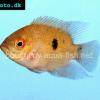 Chocolate
Chocolate 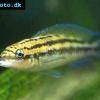 Brown
Brown 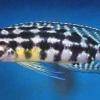 Marlieri
Marlieri 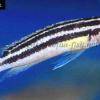 Golden
Golden 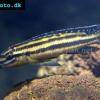 Striped
Striped 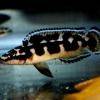 Masked
Masked 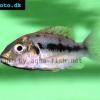 Konye
Konye 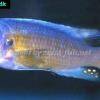 Blue
Blue 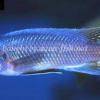 Trewavas
Trewavas 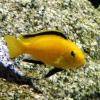 Electric
Electric 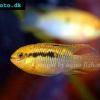 Dwarf
Dwarf 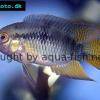 Redbreast
Redbreast 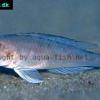 Lamprologus
Lamprologus 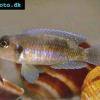 Gold
Gold 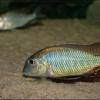 Greenface
Greenface 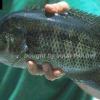 Mayan
Mayan 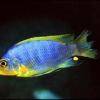 Aurora
Aurora 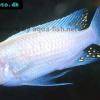 Blue
Blue 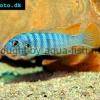 William’s
William’s 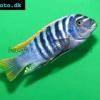 Zebra
Zebra 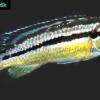 Malawi
Malawi 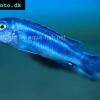 Blue
Blue 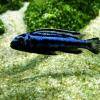 Blue
Blue 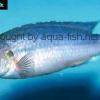 Mbuna
Mbuna 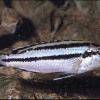 Parallel
Parallel 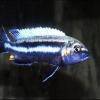 Purple
Purple 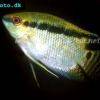 Flag
Flag 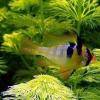 Ram
Ram 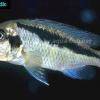 Basket
Basket 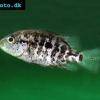 Haitian
Haitian 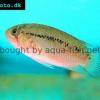 Zebra
Zebra 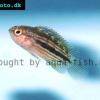 Striped
Striped 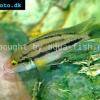 Neolamprologus
Neolamprologus 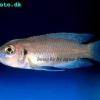 Brevis
Brevis 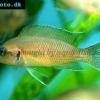 Fairy
Fairy 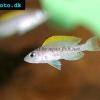 Neolamprologus
Neolamprologus 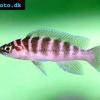 Cylindricus
Cylindricus 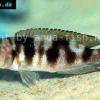 Hecq’s
Hecq’s 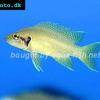 Neolamprologus
Neolamprologus 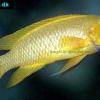 Lemon
Lemon 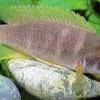 Mustax
Mustax 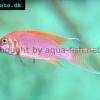 Daffodil
Daffodil 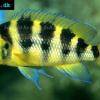 Six-bar
Six-bar 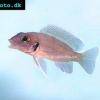 Five-bar
Five-bar 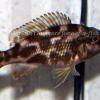 Marbled
Marbled 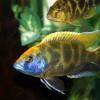 Giraffe
Giraffe 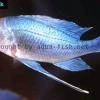 Blue
Blue 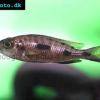 Sulphurhead
Sulphurhead 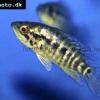 Wolf
Wolf 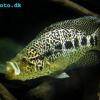 Jaguar
Jaguar 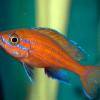 Blue
Blue 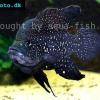 Marakeli
Marakeli 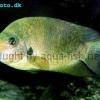 Madagascar
Madagascar 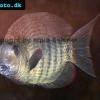 Pinstripe
Pinstripe 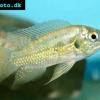 Pelmatochromis
Pelmatochromis 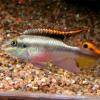 Kribensis
Kribensis 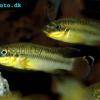 Striped
Striped 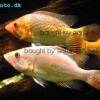 Red
Red 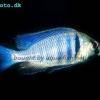 Deepwater
Deepwater 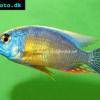 Fenestratus
Fenestratus 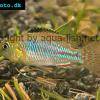 Nichols’
Nichols’ 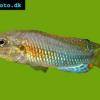 Southern
Southern 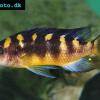 Bumble
Bumble 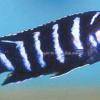 Demason’s
Demason’s 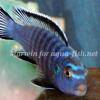 Slender
Slender 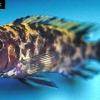 Red
Red 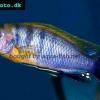 Mbuna
Mbuna 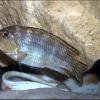 Malawi
Malawi 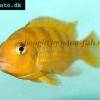 Kenyi
Kenyi 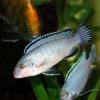 Powder
Powder 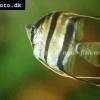 Altum
Altum 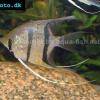 Angelfish
Angelfish 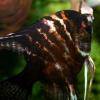 Angelfish
Angelfish 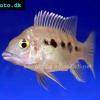 East
East 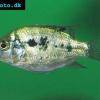 Juba
Juba 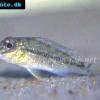 Earth
Earth 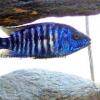 Electric
Electric 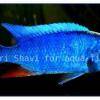 Azure
Azure  Lionhead
Lionhead 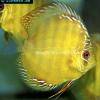 Discus
Discus 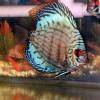 Blue
Blue 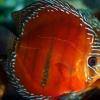 Red
Red 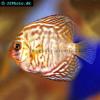 Zebra
Zebra 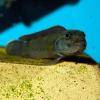 Brichard’s
Brichard’s 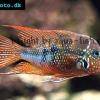 Blue
Blue 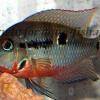 Firemouth
Firemouth 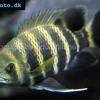 Zebra
Zebra 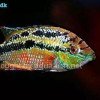 Yellow
Yellow 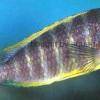 Blue
Blue 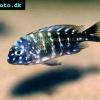 Dwarf
Dwarf  Blunthead
Blunthead 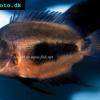 The
The 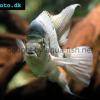 White
White 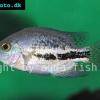 Twoband
Twoband 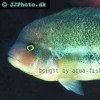 Fenestratus
Fenestratus 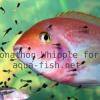 Window
Window 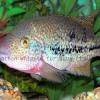 Tailbar
Tailbar 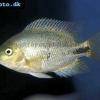 Black
Black 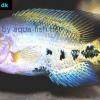 Redhead
Redhead 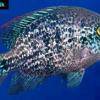 Oaxaca
Oaxaca 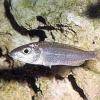 Xenotilapia
Xenotilapia